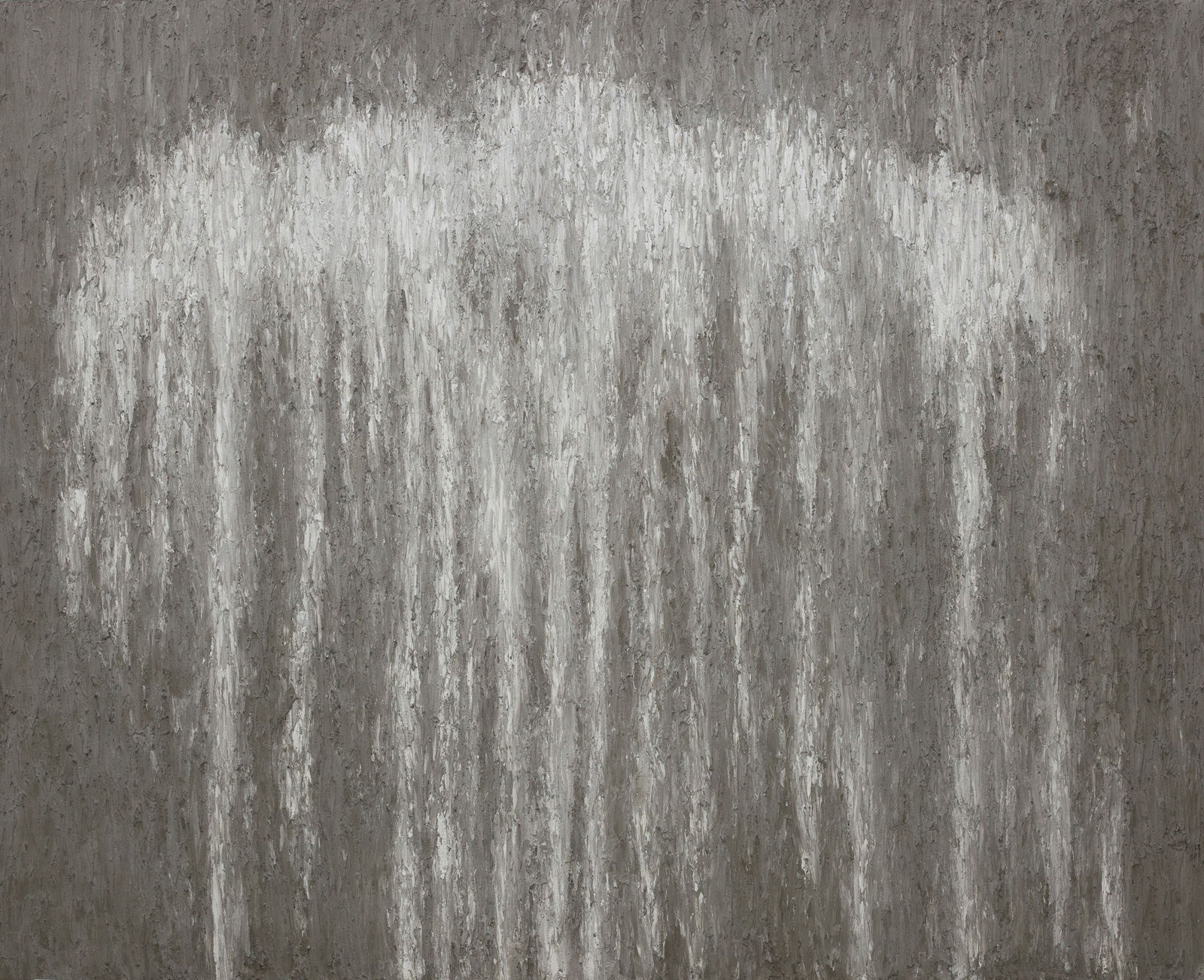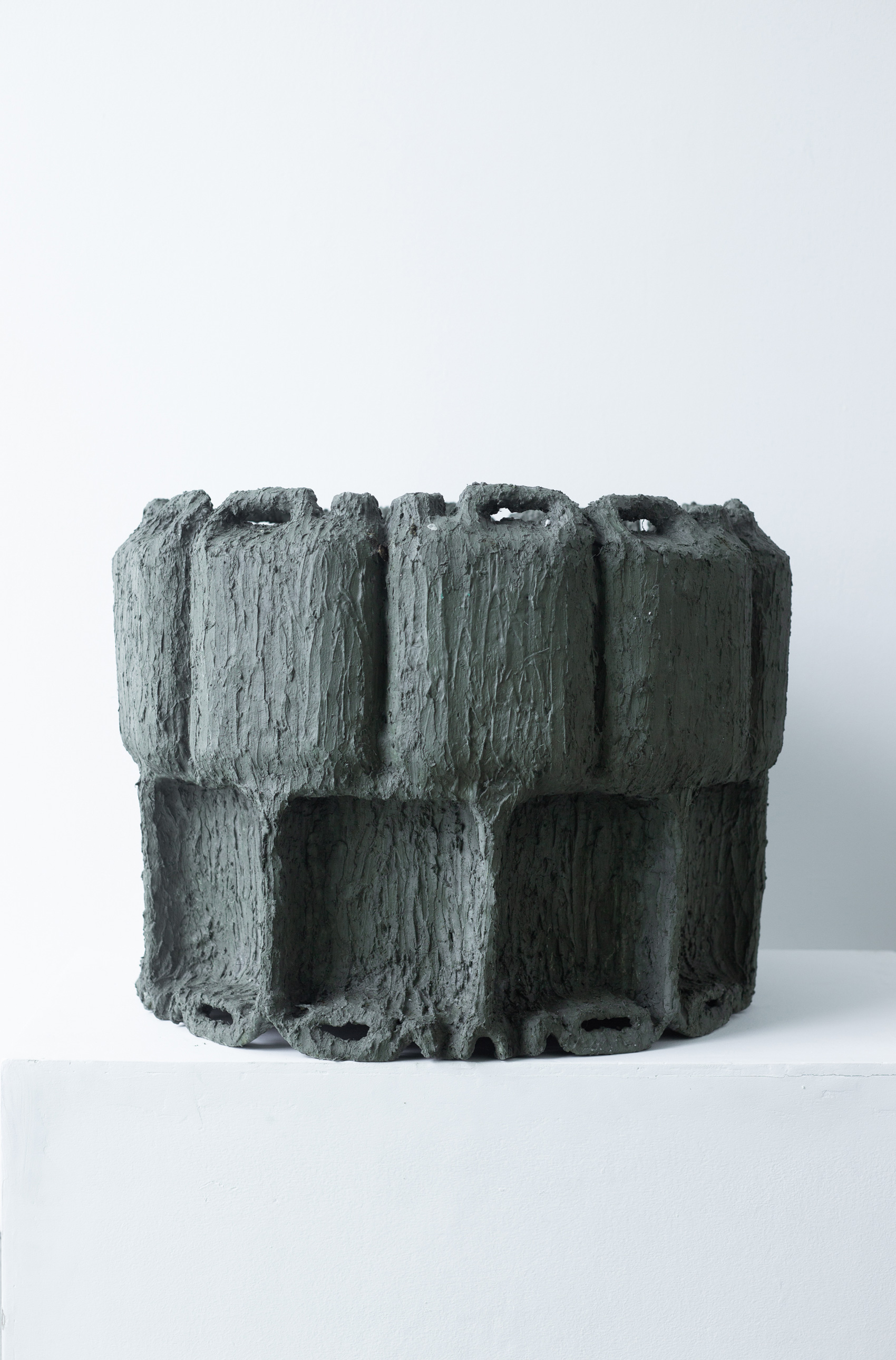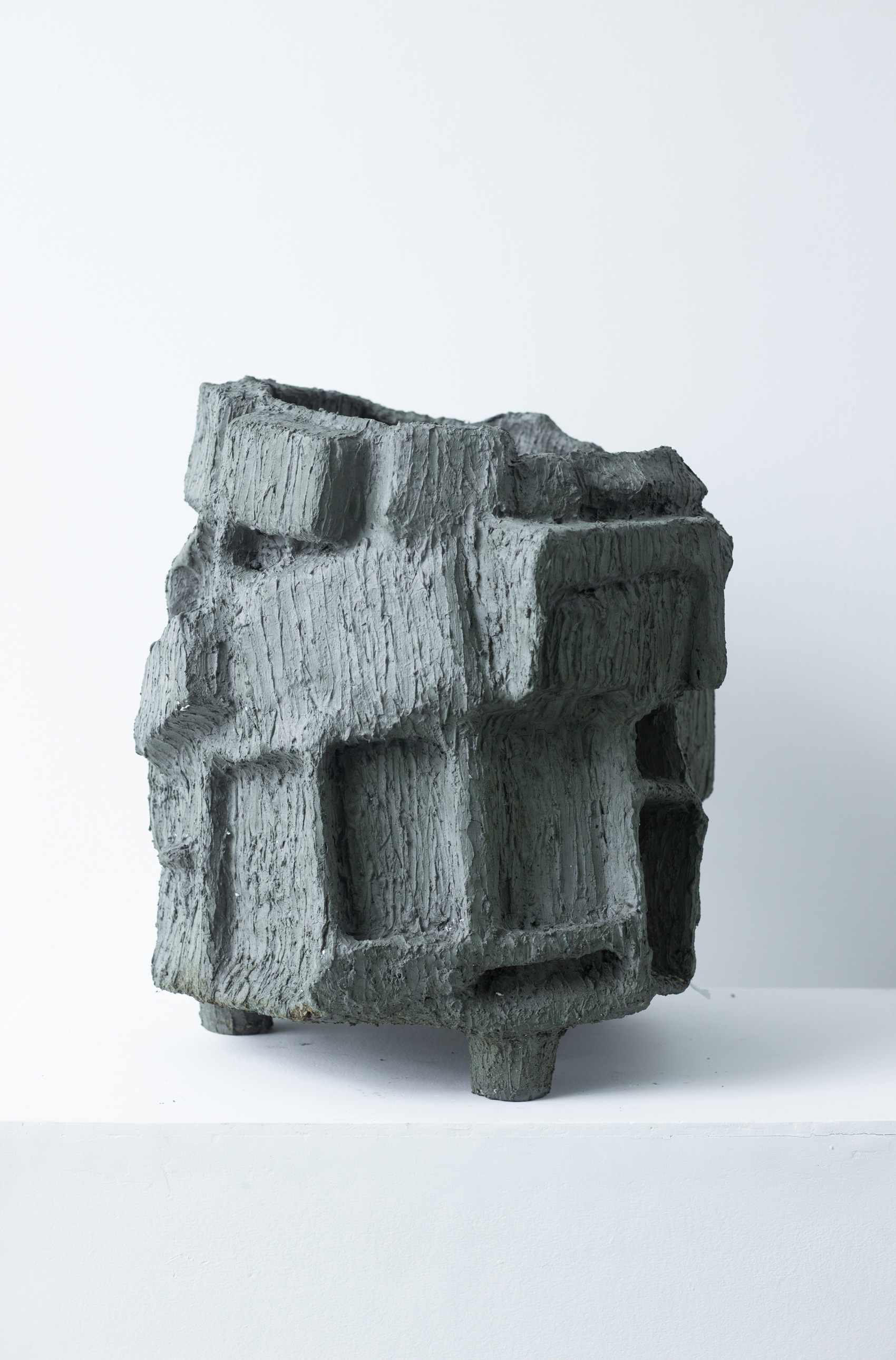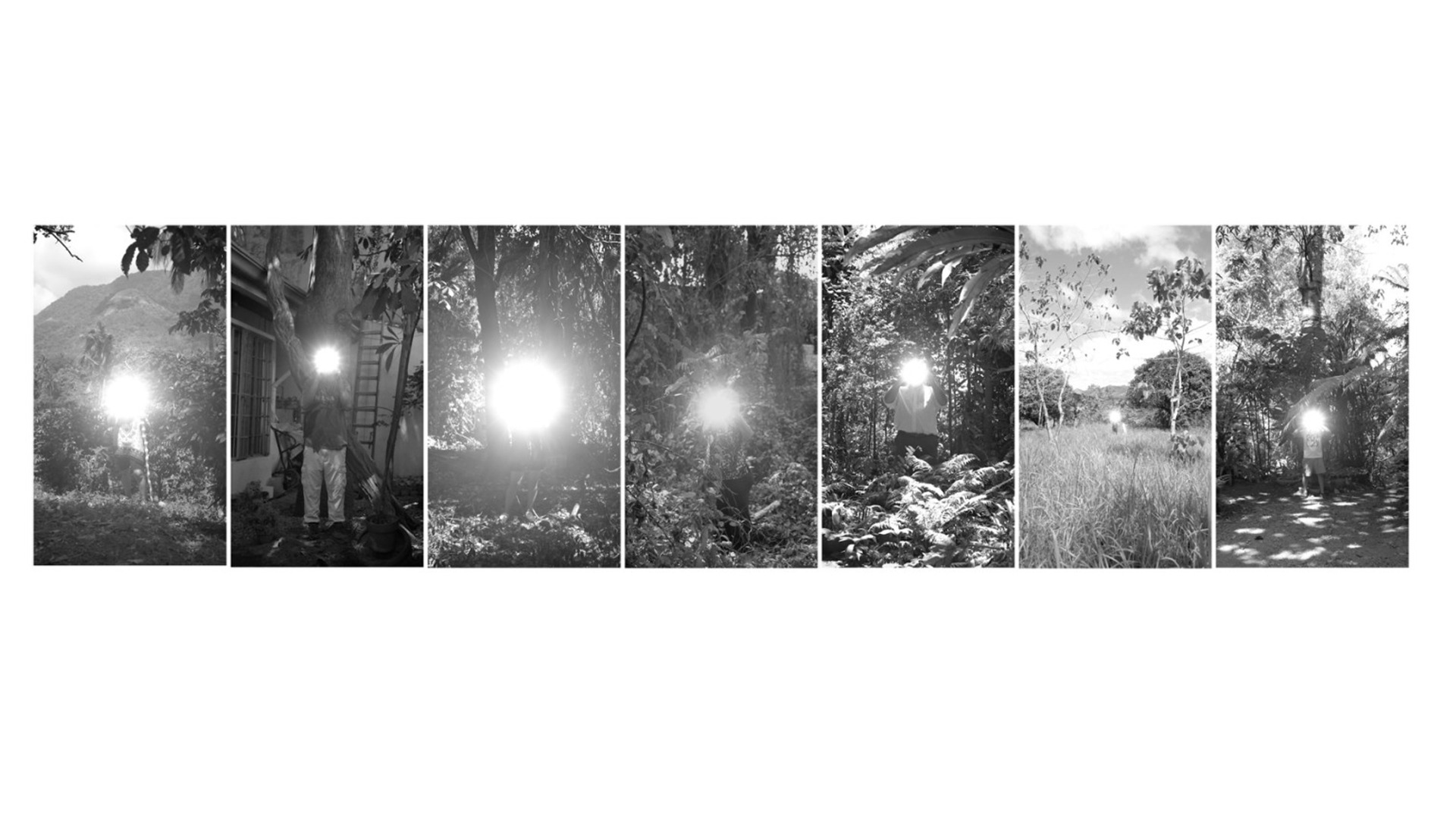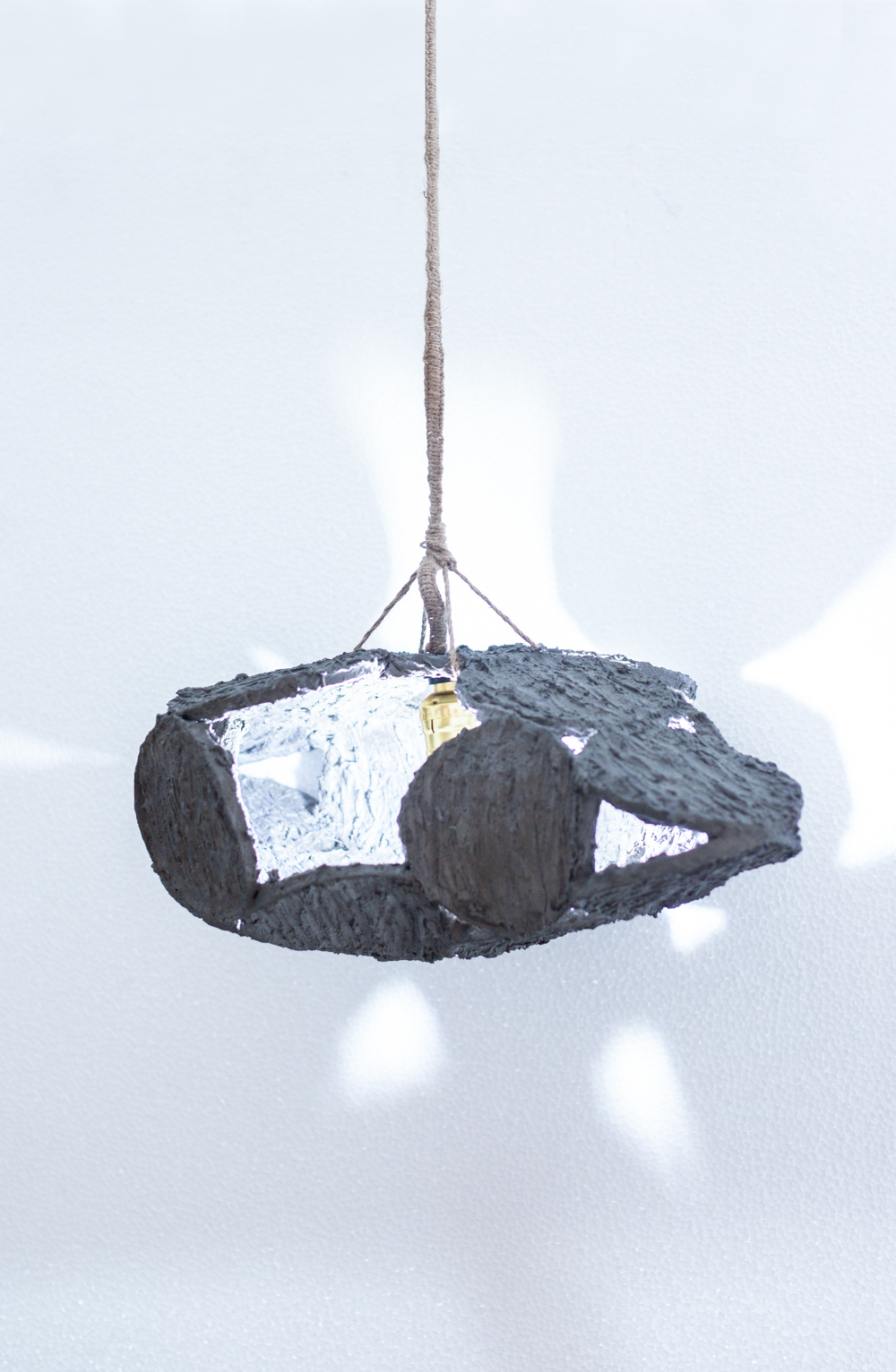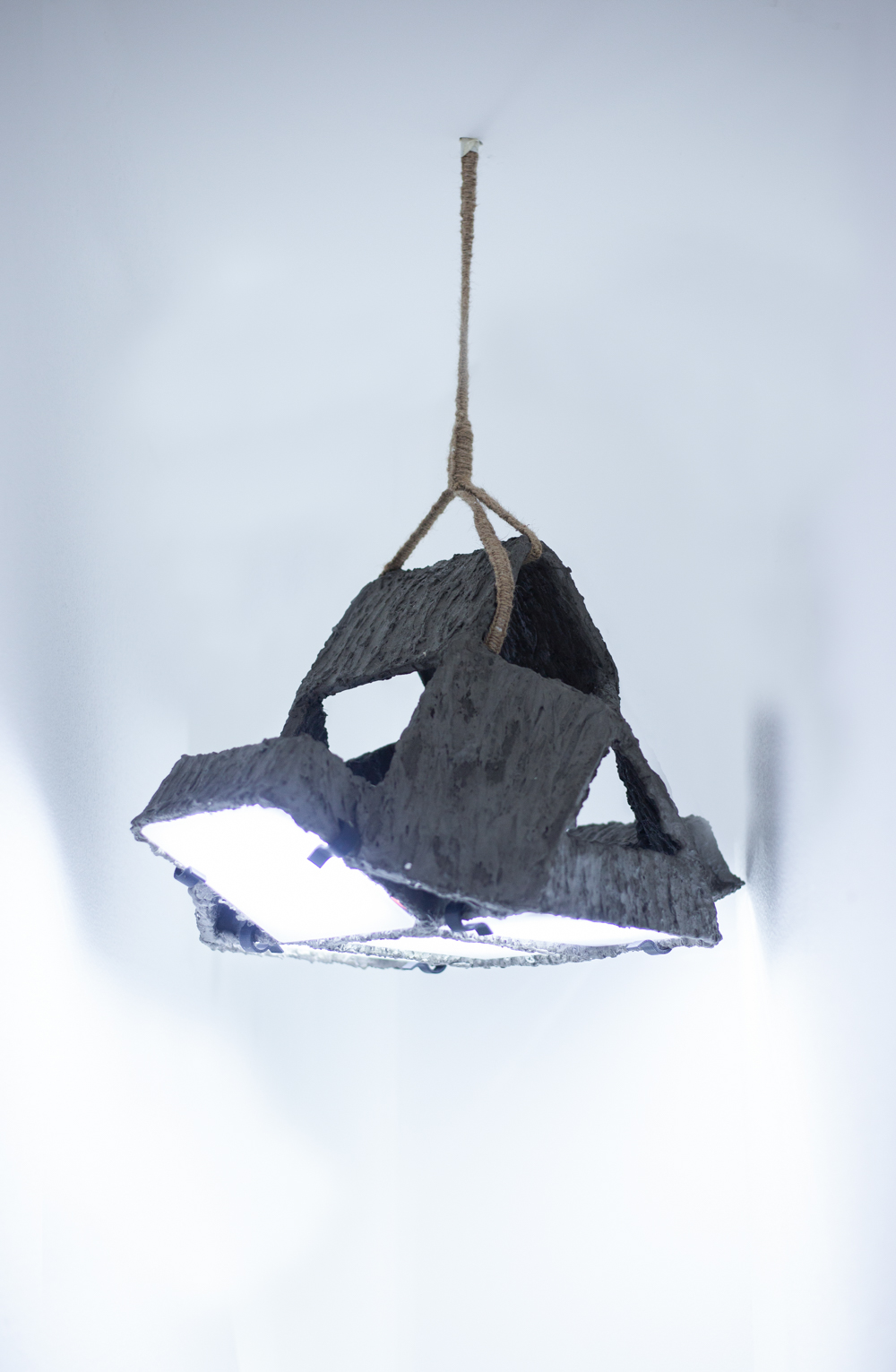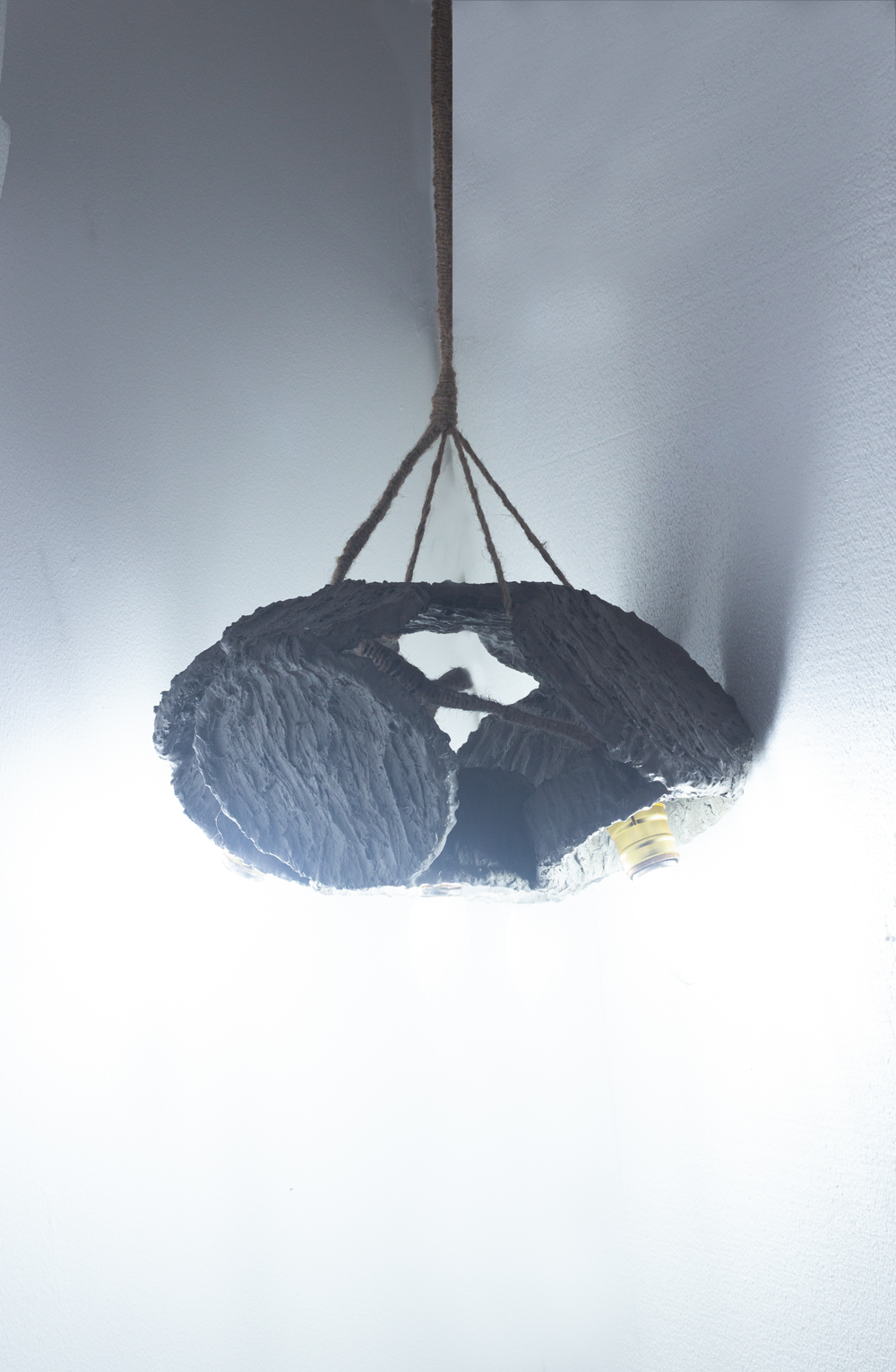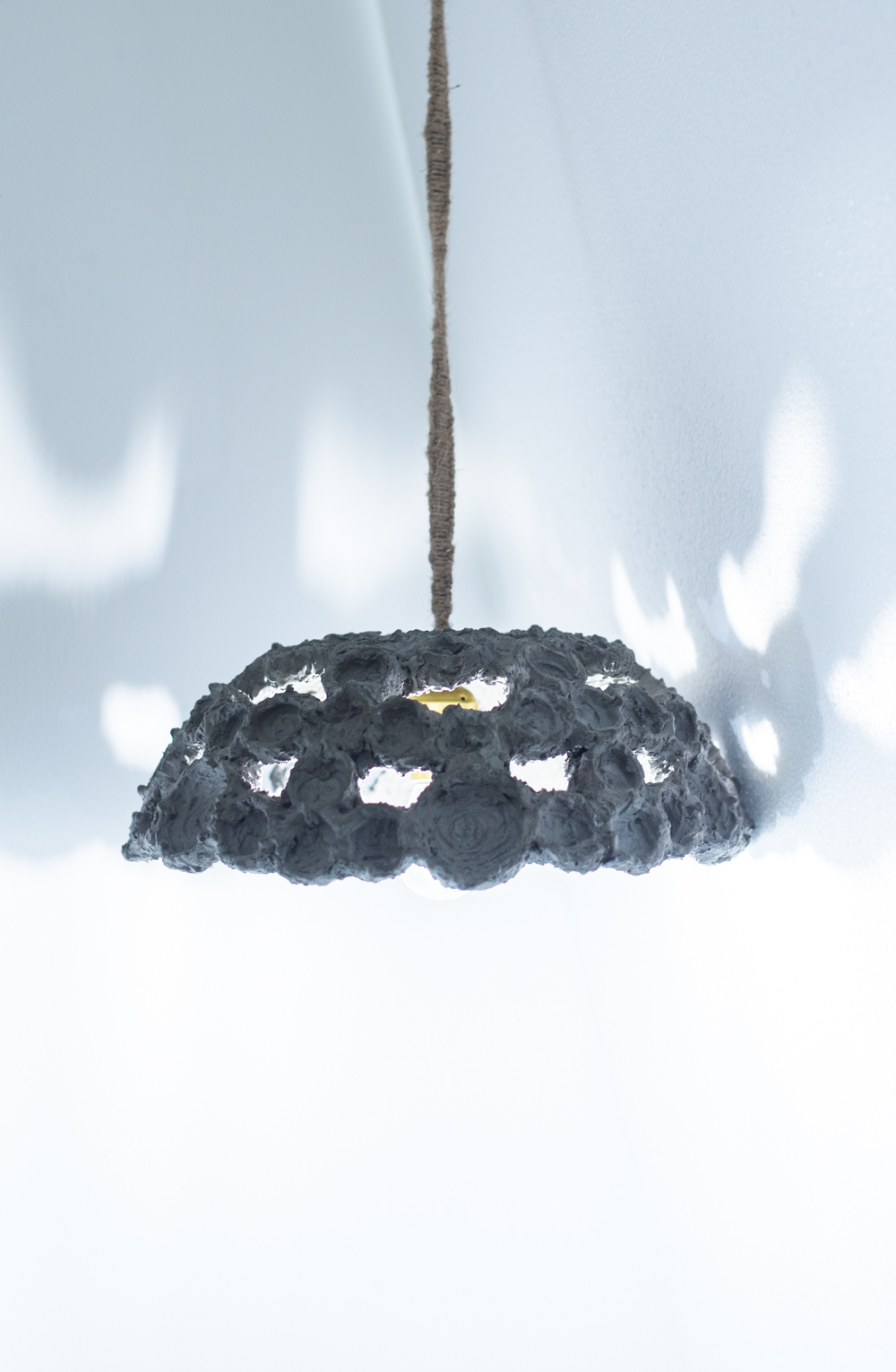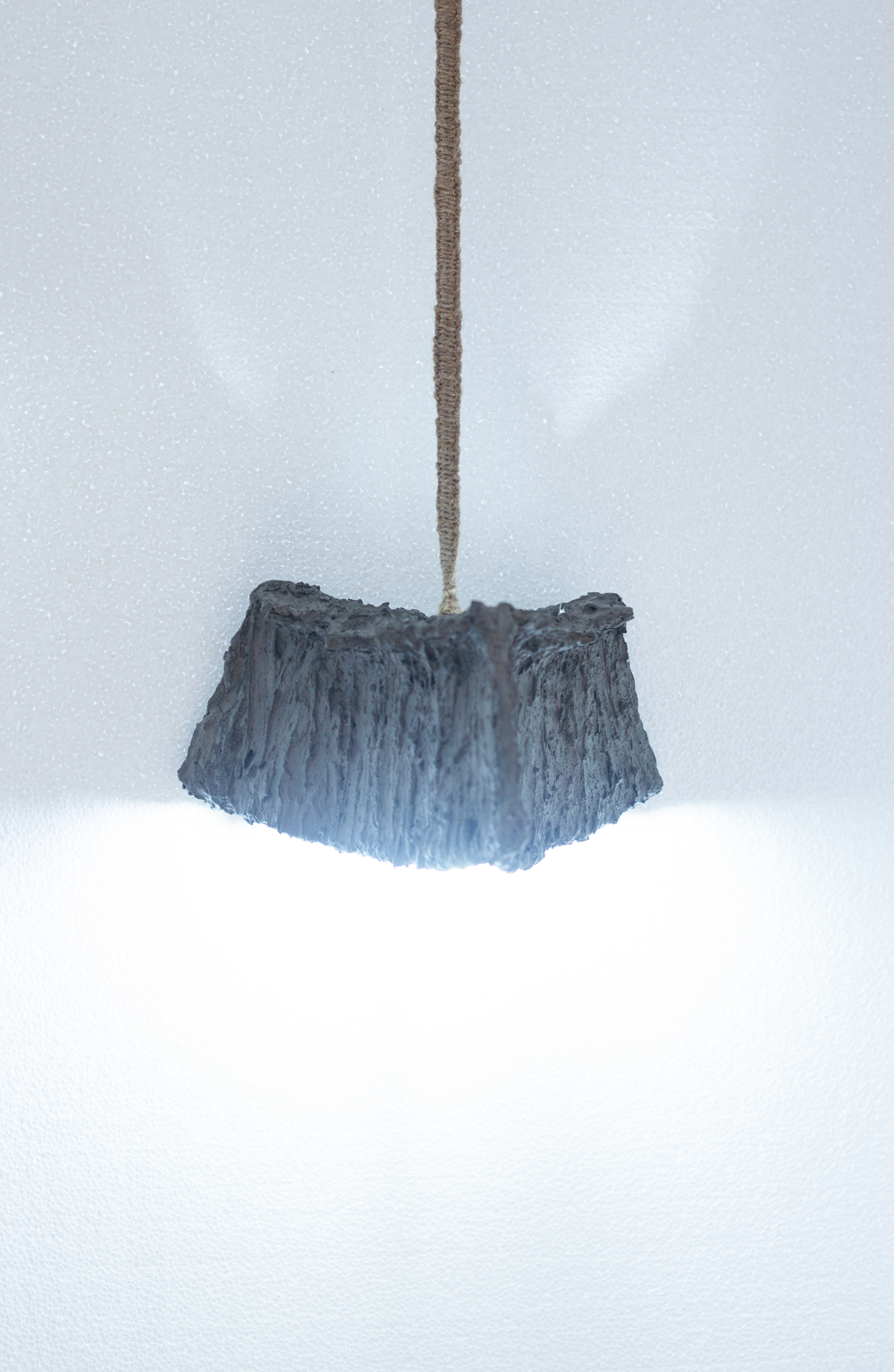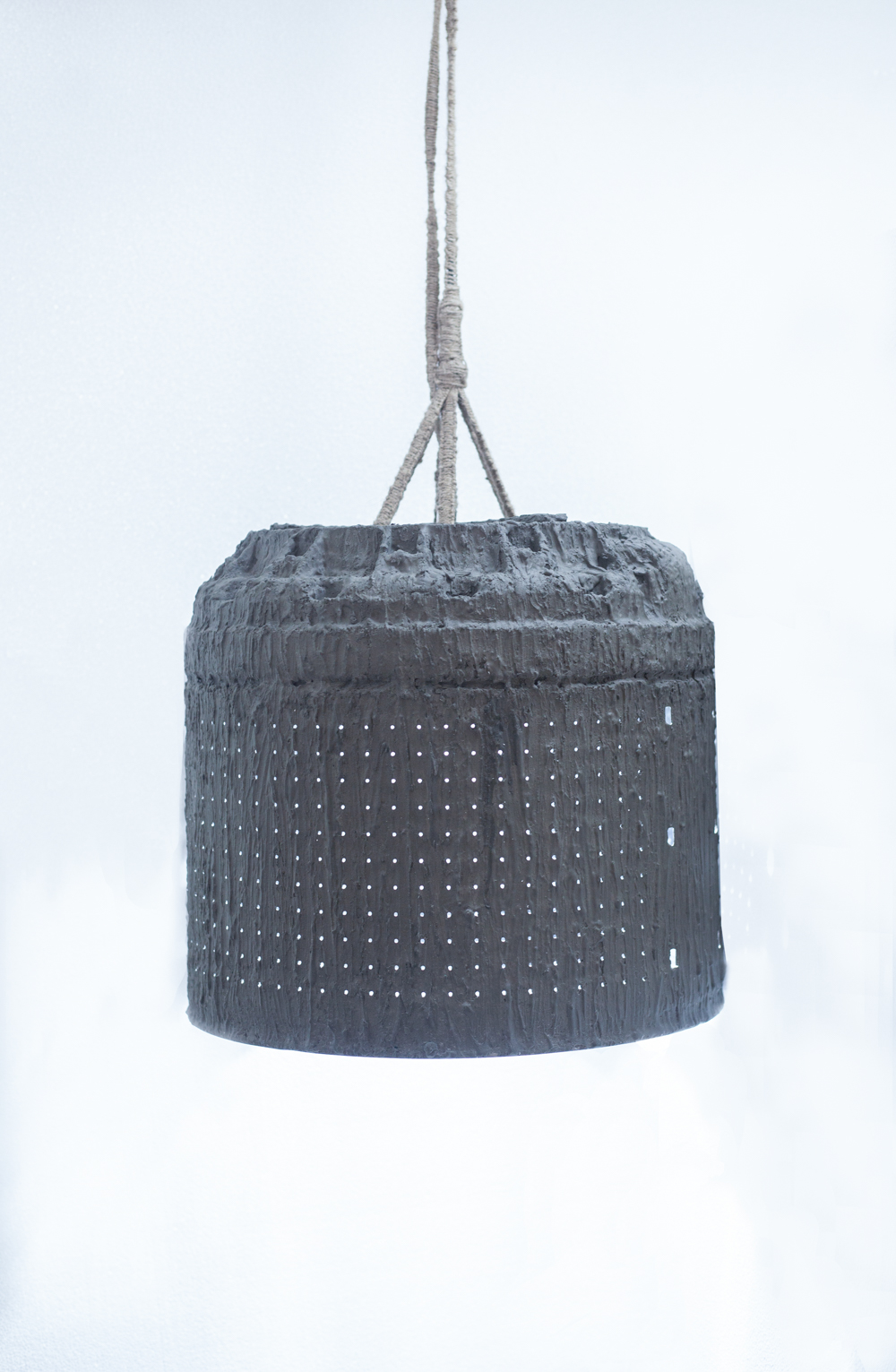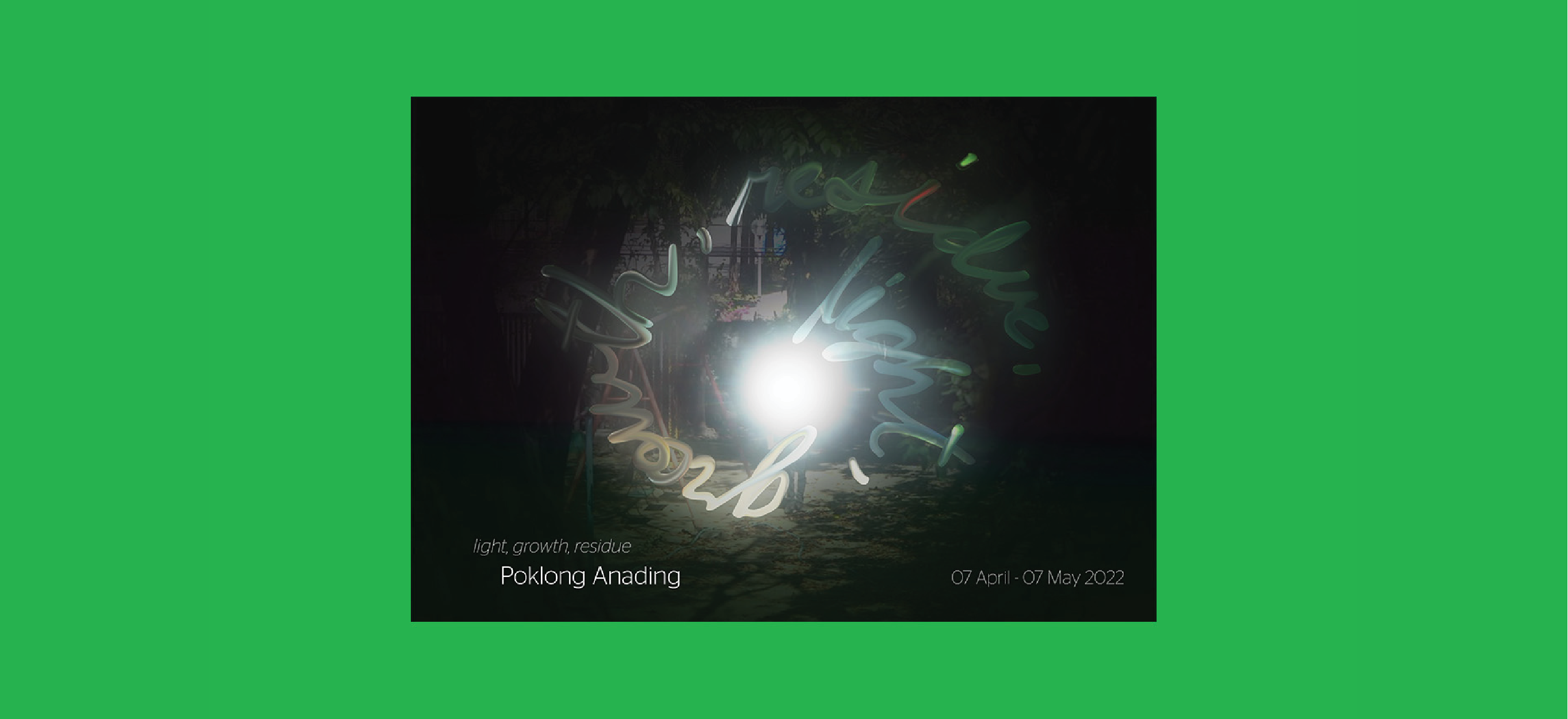
About
light, growth, residue reveals a body of work that confirms Poklong Anading’s place in contemporary art as one of its most keen observers of processes, particularly of the contentious bond that humans forge with nature. As an artist who has displayed incredible adaptability in using different media and materials—from drawing, to video, and to actual organic forms—Anading makes good of this versatility by demonstrating their interconnectedness, and by persisting on seamless movements from one idea to the next. These are ideas that remain faithful to an inquiry: on whether art is simply for the transformation of materials or is it through our interaction with materials that ultimately shape art?
Revisiting seven different works from different stages of his career, Anading is able to piece together a developing commentary on the conditions of the Anthropocene. Where man’s relationship with his environment increasingly becomes more shrouded in controversy, he reflects on their interdependence and how the artist, who has his own particular relationship with objects and materials, can navigate his way across the pitfalls of consumption and usage.
Although light is the most obvious motif in Anading’s works, it is not treated as mere medium. Not as a means to a particular end—like in casting shadows, shapes, and figures—but as part of the inquiry itself. Light here is not explored for its effect but for its part in the whole cycle of nature. Whether through its role as an agent of change (like in planting or photosynthesis), or as an active subject of agency (as one which determines content and not something to simply shed light onto figures, so to speak).
In anonymity, one of the more iconic conceptual photographs of the past decade, Anading activates the idea of inter-dependence at the onset: subject—object—and light. The subject here, the person, bears an object, a mirror, which is held against her face and into the sunlight, producing a blinding glare that covers the holder’s identity. Presented as videos under this iteration, the hidden identities of these subjects become substitute to a broader concept—the cycle. Humans as stewards of nature, and nature as source of identities. There is a paean for oneness which is at play here, however subdued. But what resonates clearly is that reflective surfaces are not necessarily fields for revelation.
Across anonymity is another work that puts reflective surfaces to the test. This time, using the underside of mirrors, the series entitled water table shows etchings of what appears to be the crown of trees, in their bare, leafless, and rhizomatic forms. Teasing out another play at identity, wherein this time the reflective surface is concealed, the obvious replacement is the veined, interconnectedness of seemingly all elements of nature: from trees, roots, capillary systems, rivers and their tributaries—these branching out of organic forms become the blueprint for our images instead.
In two sets of works, called falling and growing and growing sound, Anading pushes the idea of concealment further by harnessing interactions from both organic and inorganic forms. In the former is a syntactically challenging one, where one could either infer to as pissing through painting or painting as piss, and involves the accidental abstraction found in the traces of the unceremoniously quotidian, or even maligned and barbaric act of urinating against walls. The traces are re-worked through the combination of light and dark cement, in which the result forms a series of painting-like structures, mimicking the patterns of trees and their branches, which make us wonder: whether the organic that has imposed itself on the synthetic or vice-versa? In the latter, concealment takes place in the form of non-biodegradable plastics being covered in cement, a mode of recycling to create planter pots and lighting fixtures—a set of essential components to grow plants, too. The plants included in this series are native to the country, recognizing their existence which identifies the land upon which they grew, as if going back to one’s roots.
Even a purely artistic concept such as drawing is pushed at the throes of its origins in nature. Drawing—as graphite, as wood. In Anading’s linedrawing, it has become a kind of starting point for all of his works, just as how drawing is the most basic practice to go back to. As a process-oriented work, linedrawing requires Anading, literally, to start from a place of origin, and then to walk in order to draw. The lines that are drawn in a rotating circle, like a wheel, become lines of a covered distance, a stretch of over a hundred kilometers starting from the eastern valleys of Antipolo and into the gallery. As with another work, dragon kite, this act of “drawing” becomes a tool to map places and ideas, continuously layering and erasing to come to a place (landscape) or for an answer that doesn’t seem to arrive. In dragon kite, the use of charcoal to layer on the board on where Anading draws on is a paradox in itself—wood on wood.
And then finally, an enigmatic work called, /\ iteration, a single-channel video, which was also processed inside the gallery through one of its windows. This work brings the exterior landscape into the interior space. Through Anading’s retracting of the sunlight using a mirror across the gallery’s windows and towards the lens of the camera, this light then enters the gallery, as a kind of prismatic burst—revealing spectrum of colors every time the mirror reflects the light.
Poklong Anading’s latest solo exhibition is a prime example of a remarkable attentiveness in viewing objects—particularly, un objet d’art. It crosses new territories that are beyond merely consuming materials and into understanding our relationship with them; and eventually, in realizing our place in nature. As in growth: it is the artist’s own passage and development alongside the objects that inhabit his daily routine, his experience with the nature of things, and their cycles, which in turn dictate their forms. And in gathering these forms together, we are presented with an invaluable message for the resource-depleted world—that instead of merely valuing objects for their usage, we must also understand the nature of their existence.
— Cocoy Lumbao
Poklong Anading’s practice utilizes a wide range of media from drawing, painting, video, installation, photography and object-making. Taking a more process-oriented and conceptual approach, his continuing inquiry takes off from issues on self-reflexivity, both of himself and others, and site-specificity in an ongoing discussion about society, time and territory.
Born in 1975 Manila, Philippines. He earned a Bachelor of Fine Arts (BFA) in painting from the College of Fine Arts, University of the Philippines (1999). He completed residencies with Big Sky Mind, Manila, Philippines (2003 to 2004), Common Room, Bandung, Indonesia (2008), Bangkok University Gallery, Thailand (2013), Selasar Sunaryo Art Space, Bandung, Indonesia (2013), Philippine Art Residency Program - Alliance Francaise de Manille in Cite Internationale des Arts, Paris, Centre Intermondes, La Rochelle in France (2014) and das weisse haus, Vienna Austria (2018). He had solo exhibitions in Galerie Zimmermann Kratochwill, Graz, Austria (2010 and 2012), Taro Nasu in Japan and Athr Gallery in Jeddah (2016), 1335MABINI in Manila, Philippines (2013, 2015 and 2017). He has been included in notable group exhibitions such as: Gwangju Biennial, South Korea (2002 and 2012), No Country: Contemporary Art for South and Southeast Asia, the first exhibition of the Guggenheim UBS Map Global Art Initiative in New York, Hong Kong and Singapore (2013 to 2014), 5th Asian Art Biennial: Artist Making Movement, National Taiwan Museum of Fine Arts, Taiwan (2015), The Shadow Never Lies, Minsheng Art Museum, Shanghai, Afterwork, Para Site, Hong Kong, China and in the Architecture Biennale for the 15th International Architecture Exhibition, Philippine Pavilion: Muhon: Traces of an Adolescent City at Palazzo Mora, Venice, Italy (2016) and Constellations, Photographs in Dialogue, SFMOMA, California, USA 2021.
Anading lives and works in Manila.
Installation Views
Works
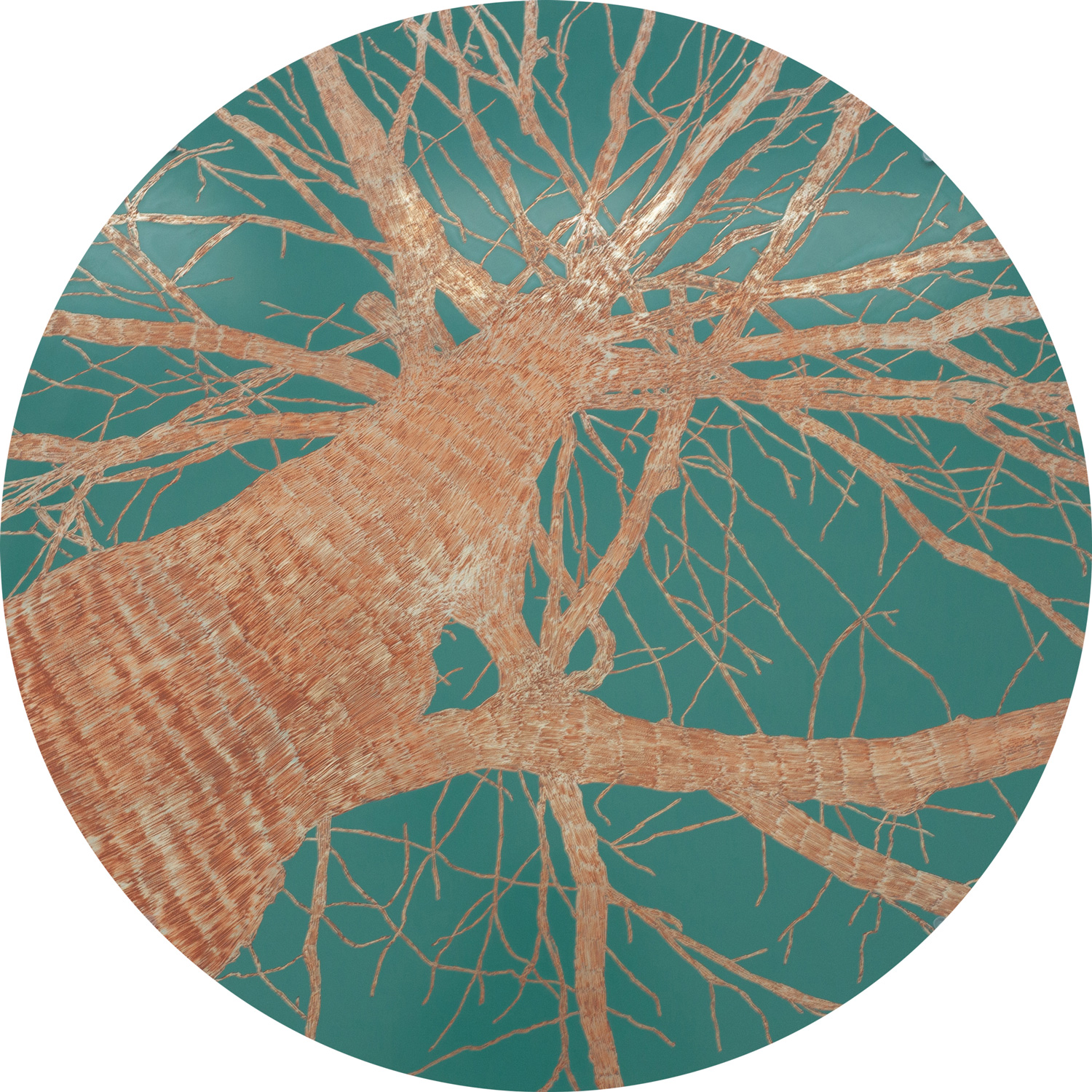
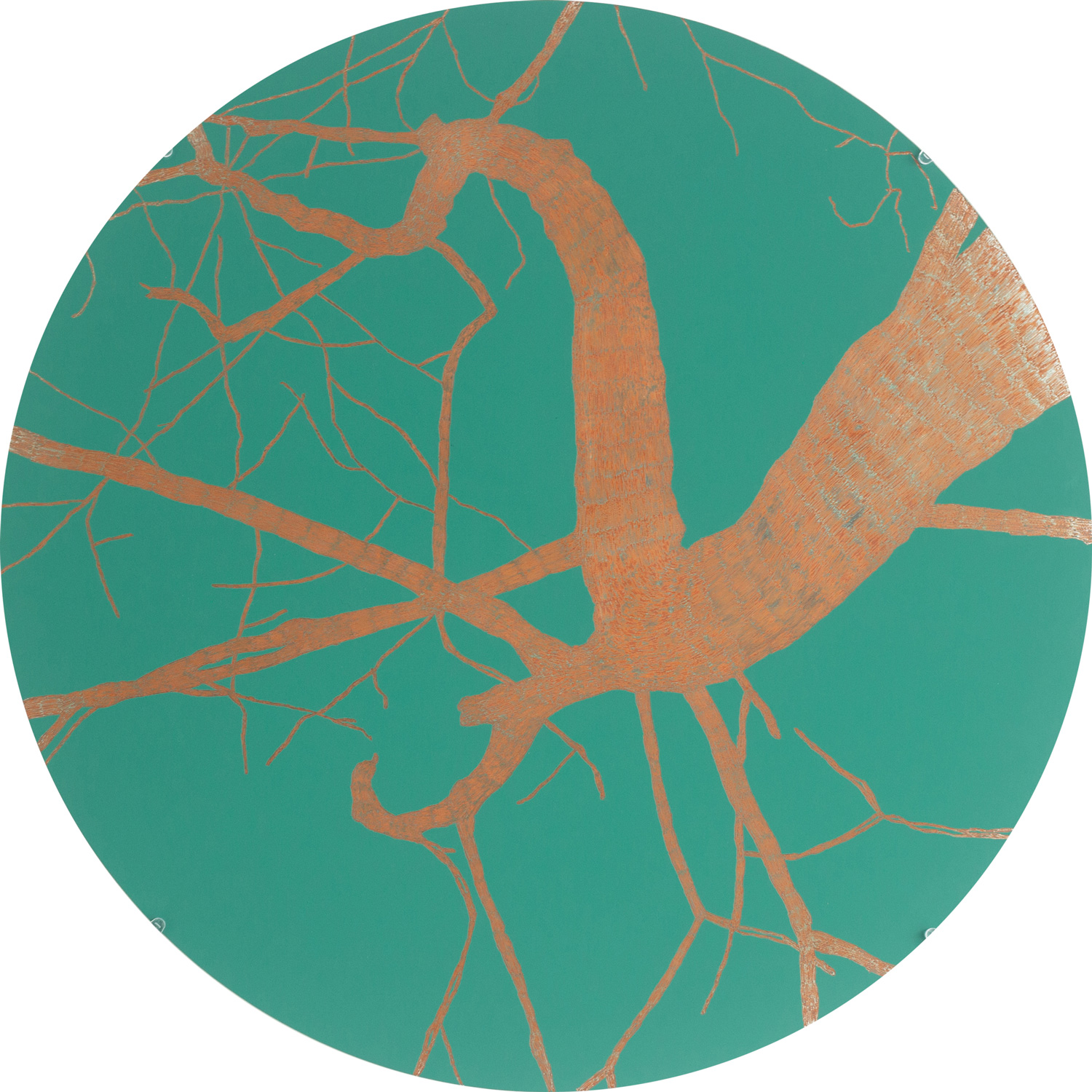
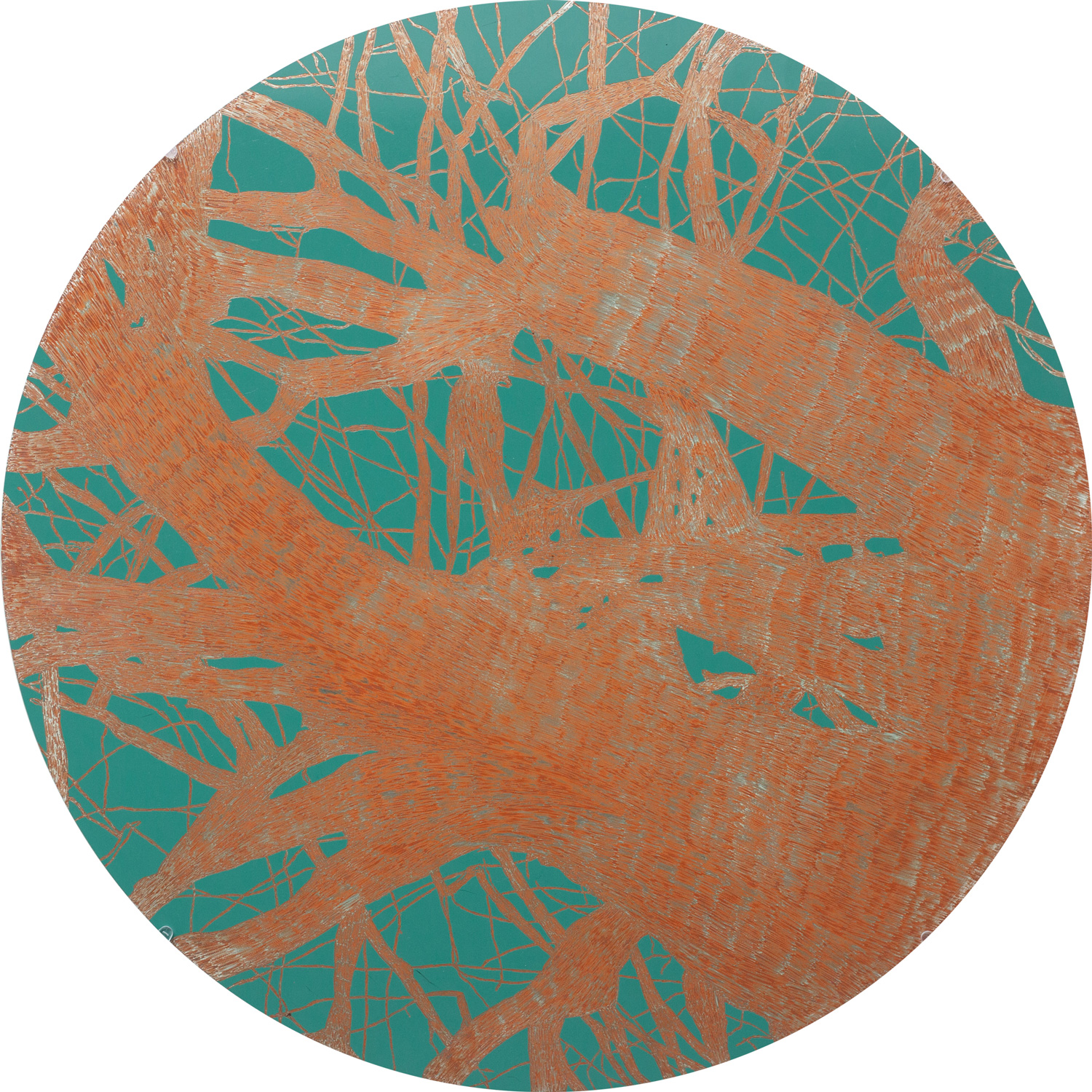
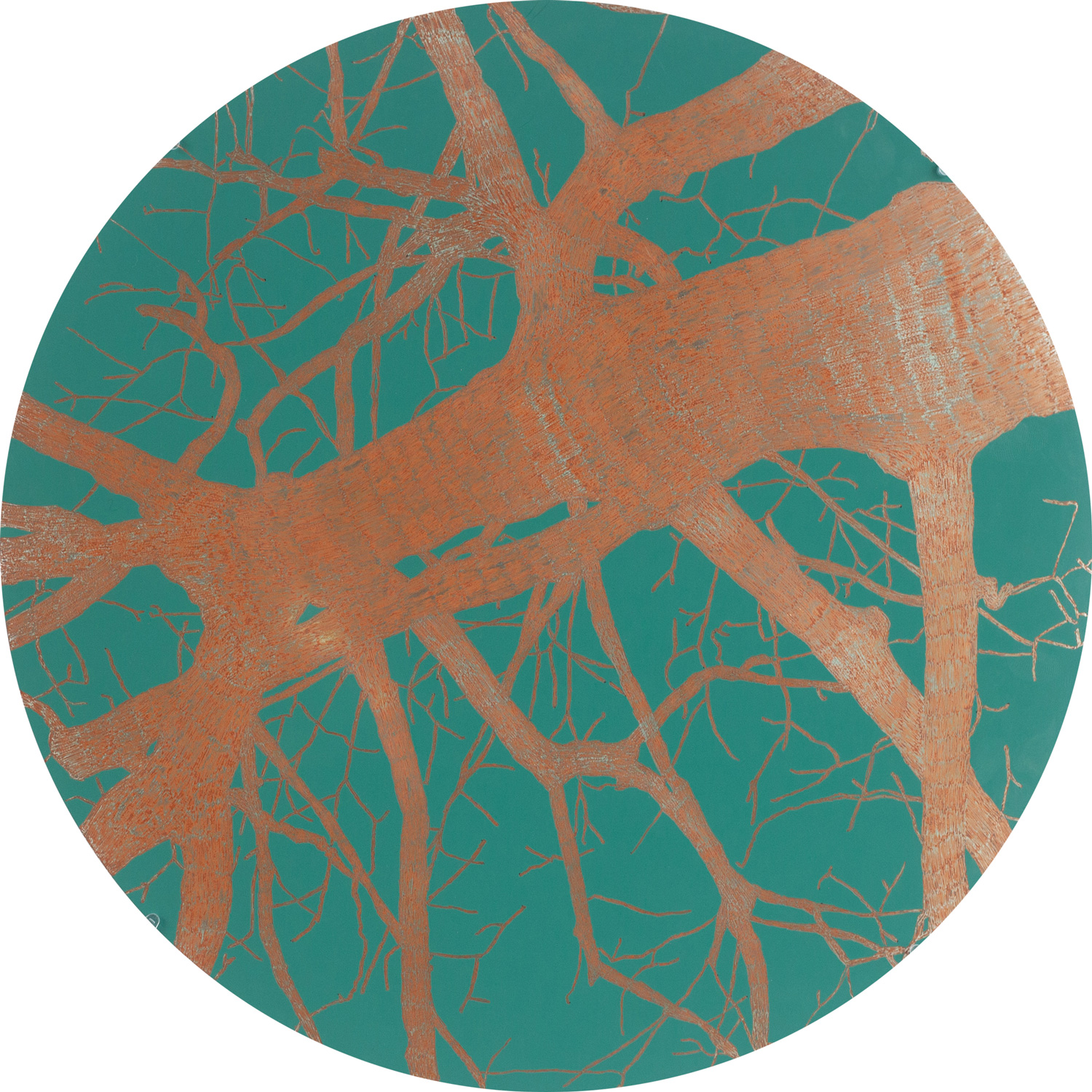
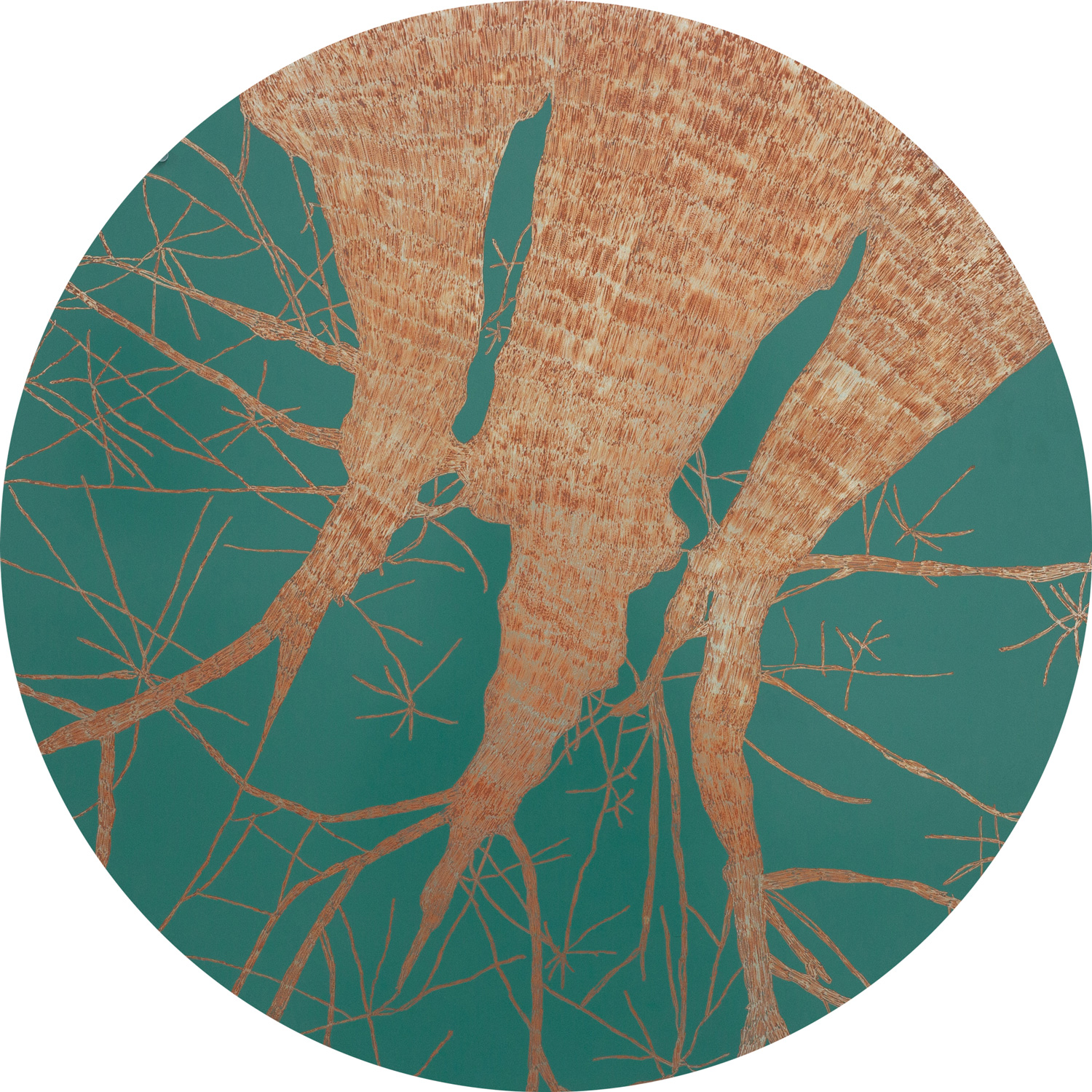
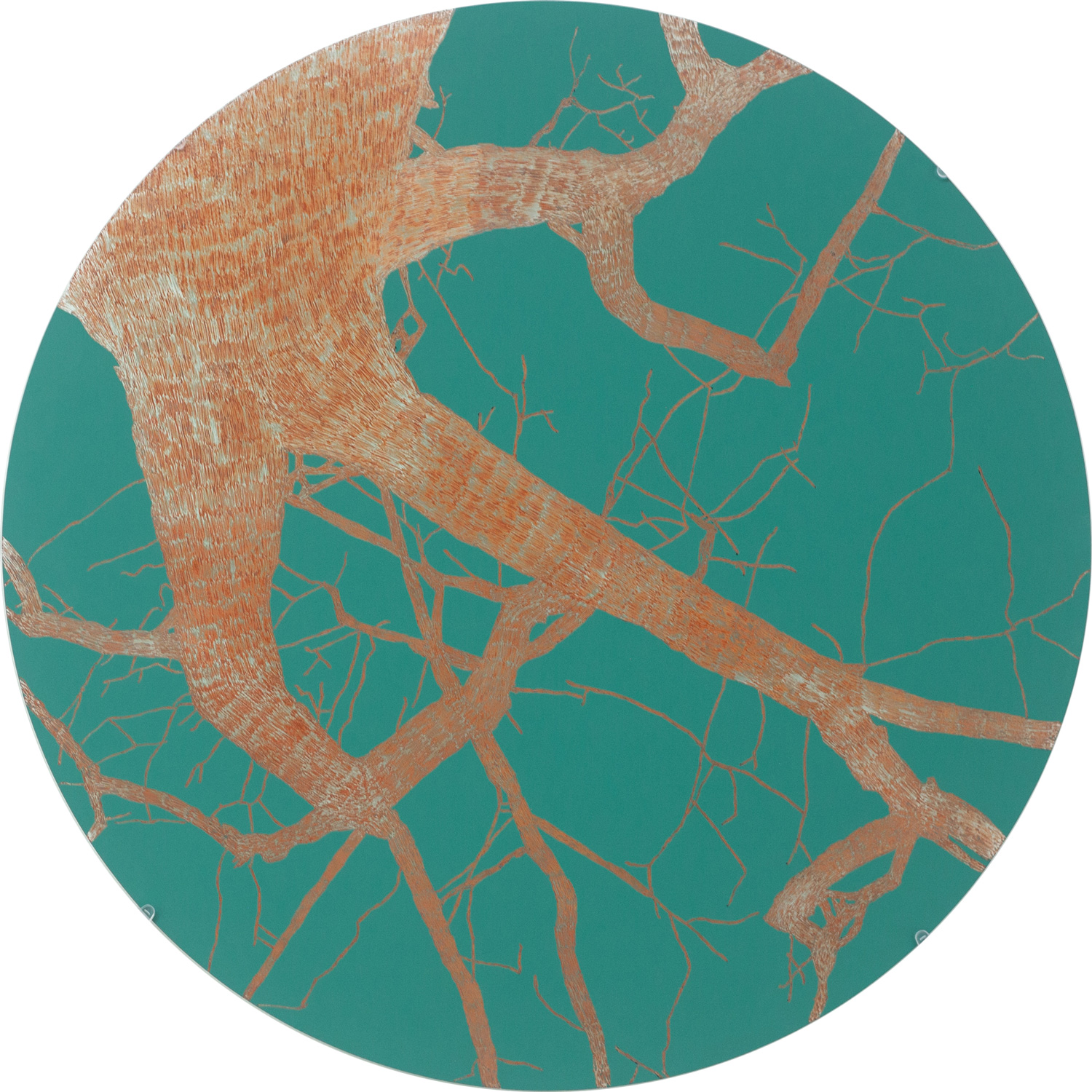
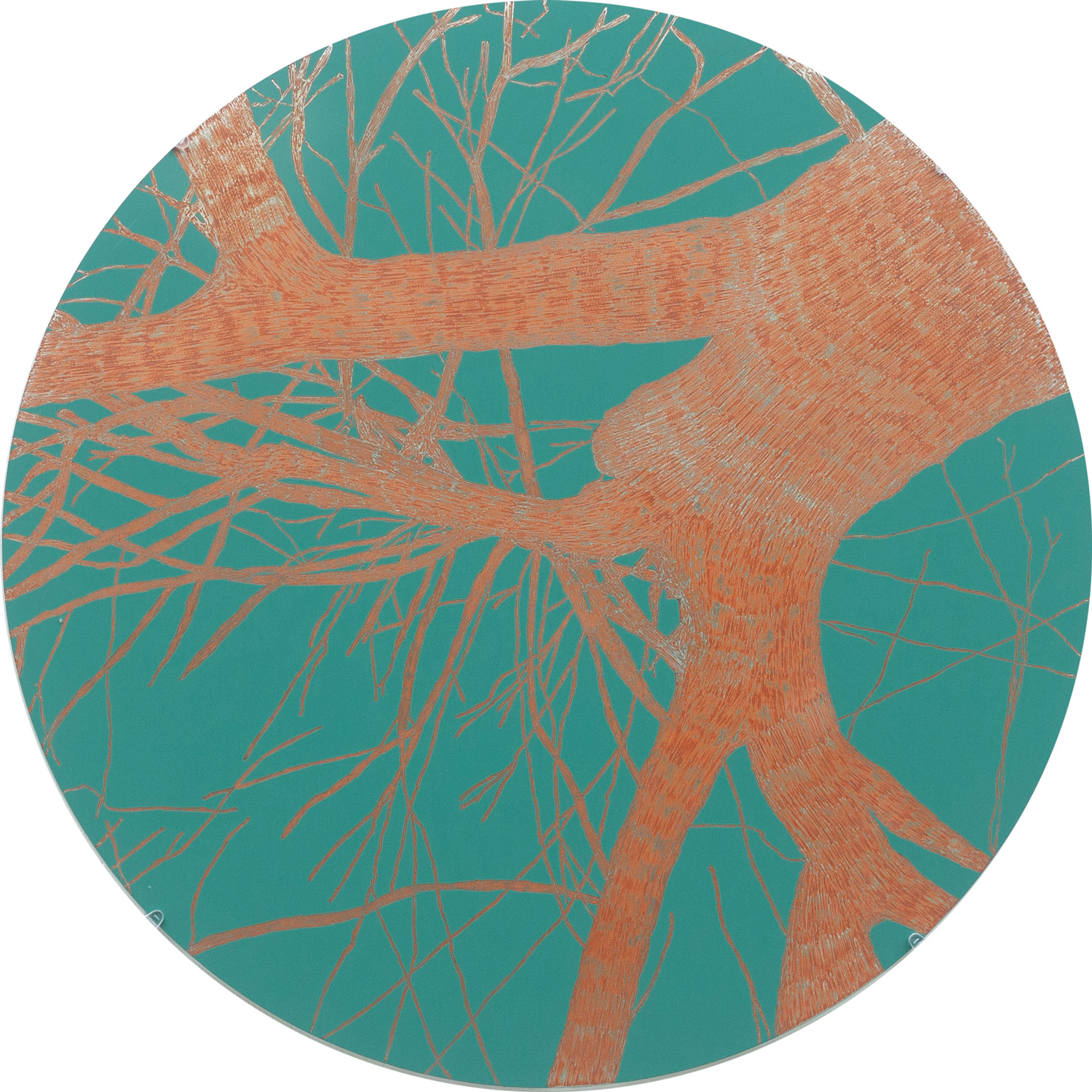
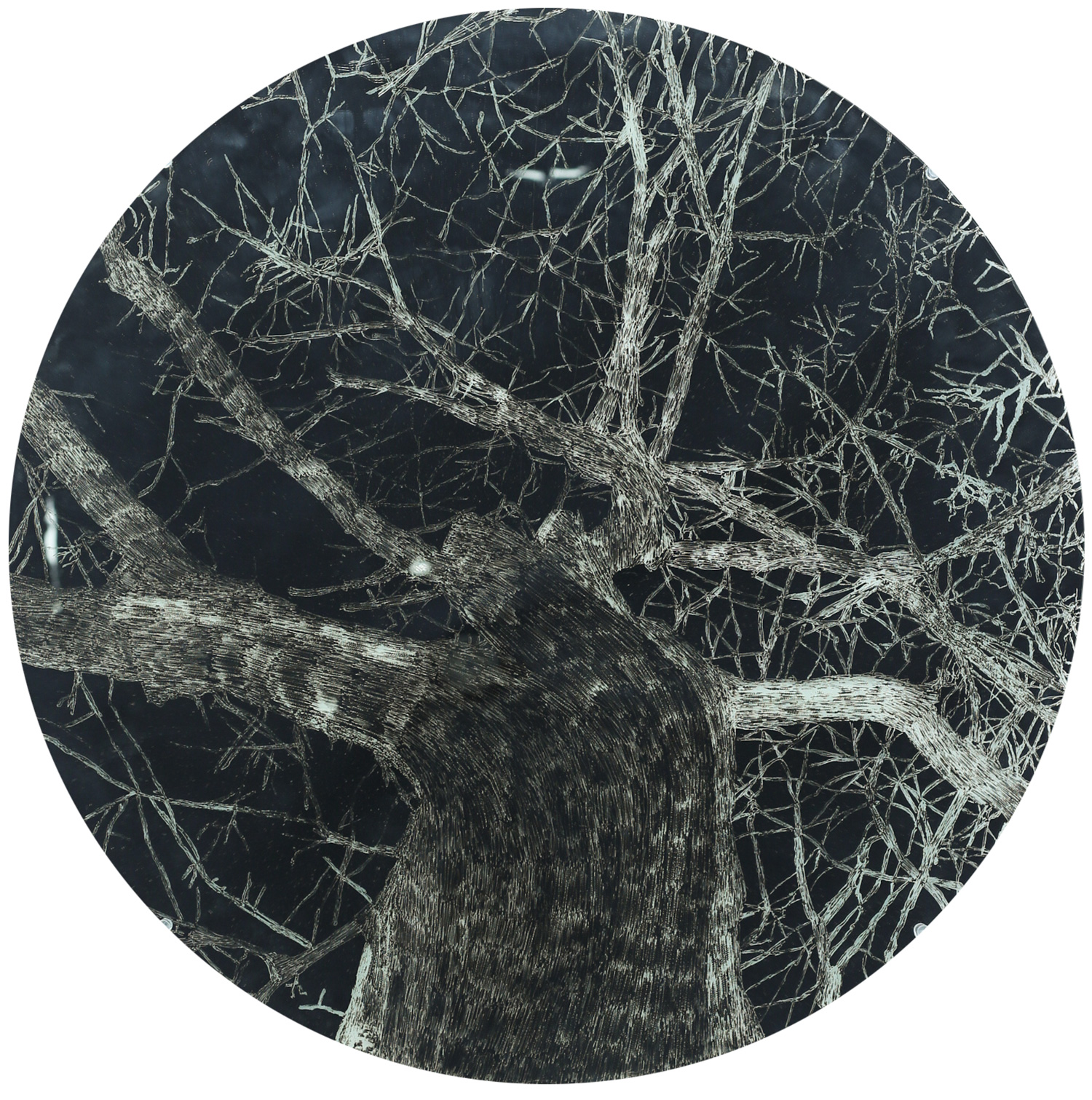
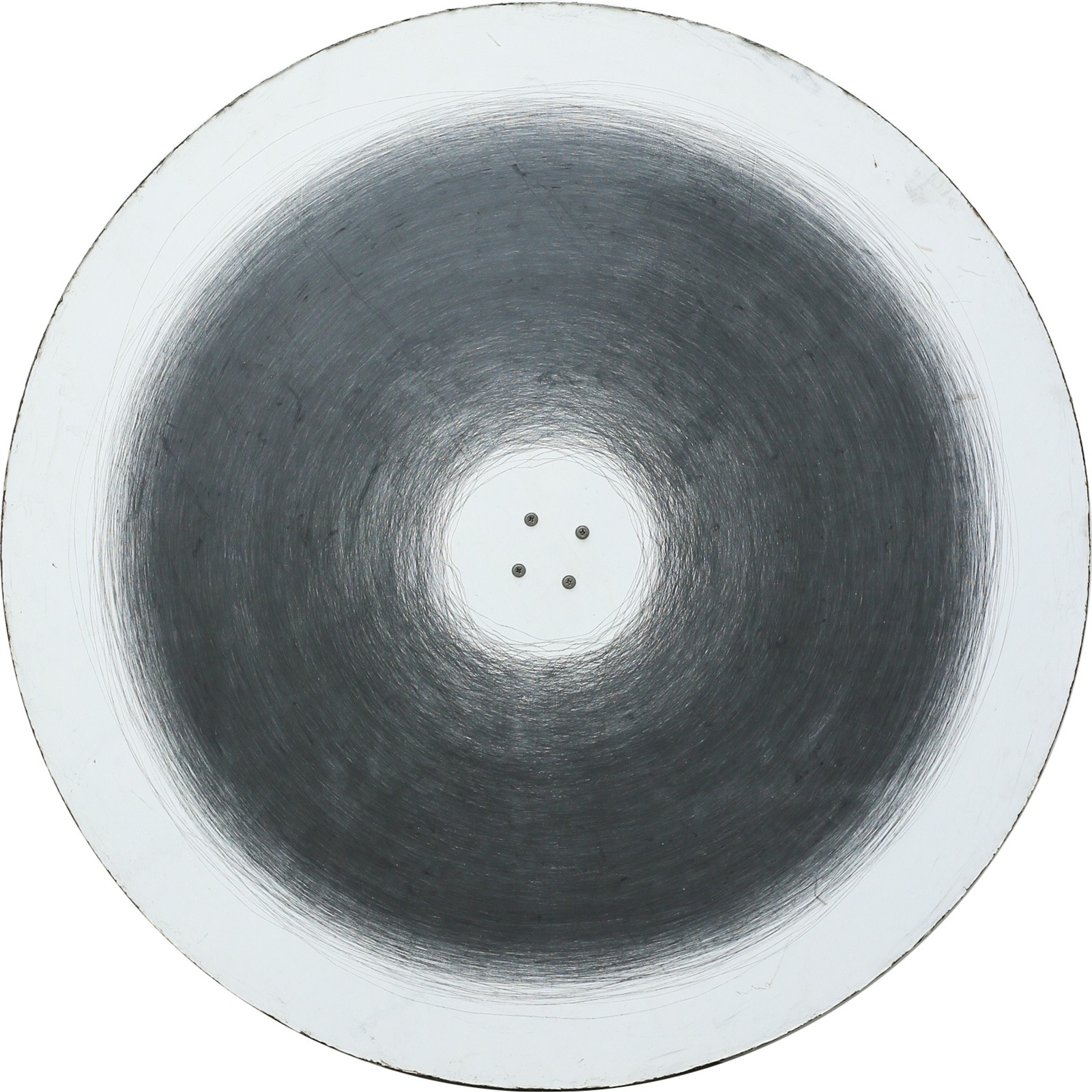
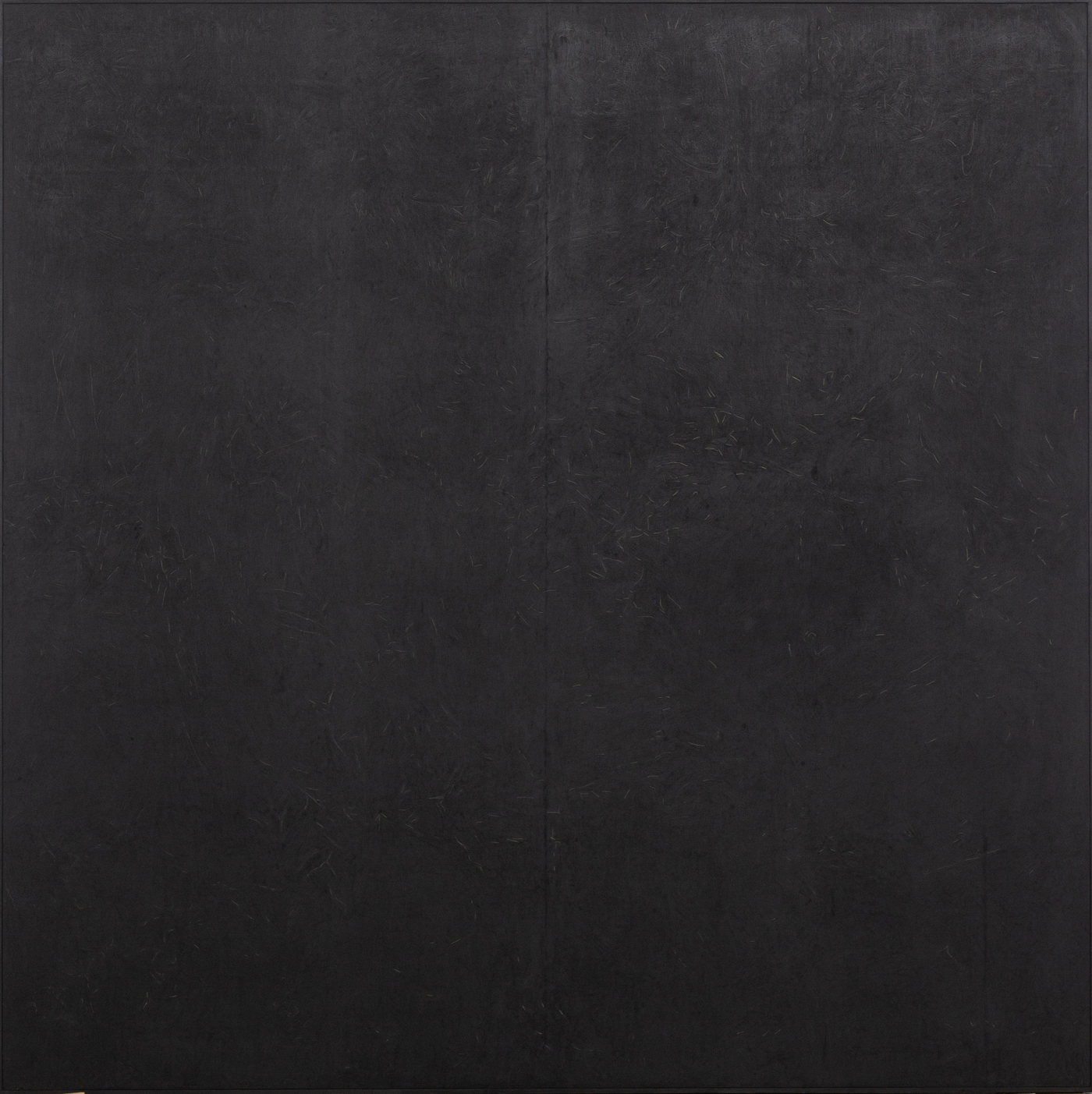
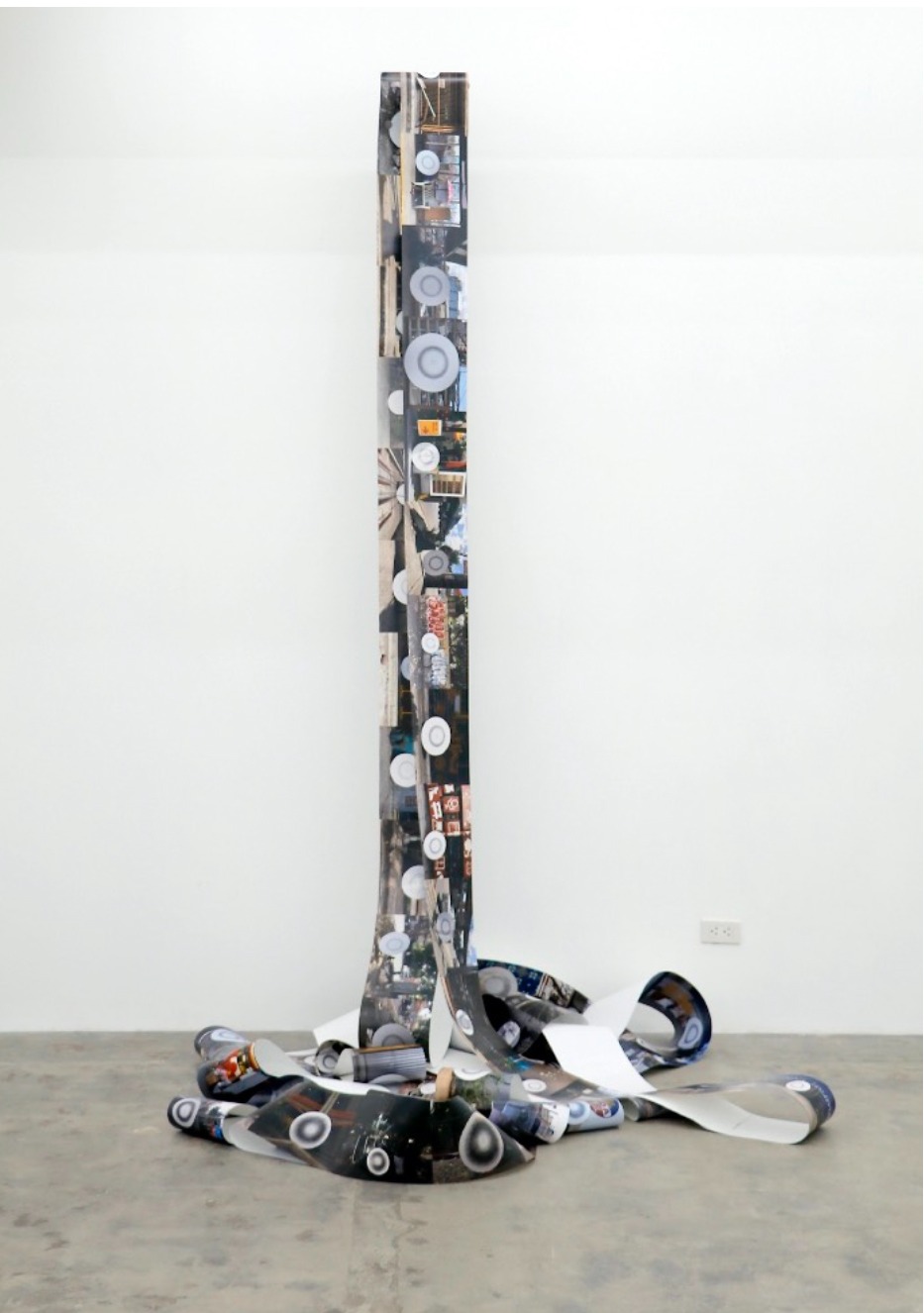
Edition 2 of 3- AVAILABLE
